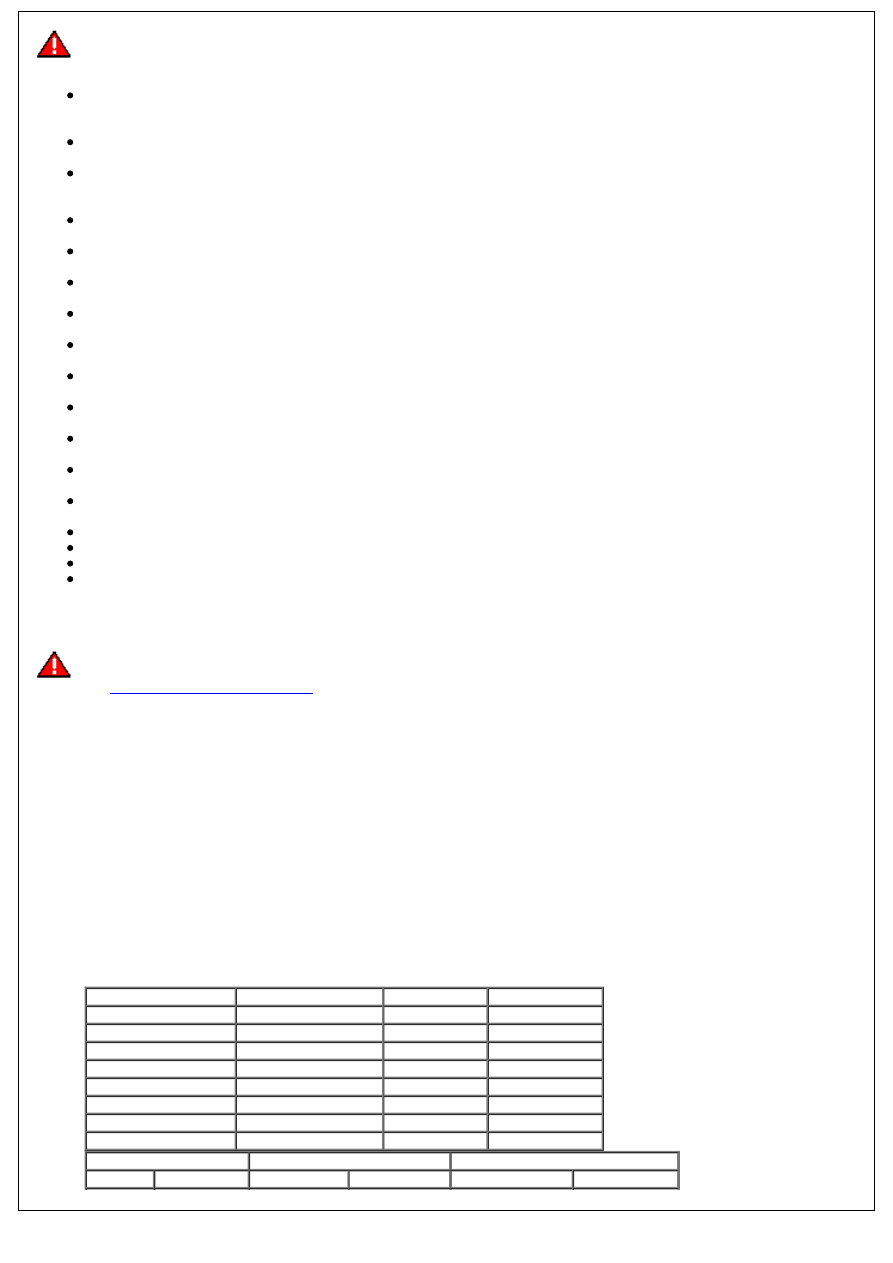Defender. Manual - part 203

WARNING: Wear eye and hand protection when disconnecting components containing refrigerant. Plug all exposed
connections immediately.
When disconnecting any hose or pipe connection the system must be discharged of all pressure. Proceed
cautiously, regardless of gauge readings. Open connections slowly, keeping hands and face well clear, so that no
injury occurs if there is liquid in the line. If pressure is noticed, allow it to bleed off slowly.
Lines, flexible end connections and components must be capped immediately they are opened to prevent the
entrance of moisture and dirt.
Any dirt or grease on fittings must be wiped off with a clean alcohol dampened cloth. Do not use chlorinated
solvents such as trichloroethylene. If dirt, grease or moisture cannot be removed from inside the hoses, they
must be replaced with new hoses.
All replacement components and flexible end connections must be sealed, and only opened immediately prior to
making the connection.
Ensure the components are at room temperature before uncapping, to prevent condensation of moisture from the
air that enters.
Components must not remain uncapped for longer than 15 minutes. In the event of delay, the caps must be
fitted.
Receiver/driers must never be left uncapped as they contain Silica Gel crystals which will absorb moisture from
the atmosphere. A receiver/ drier left uncapped must not be used, fit a new unit.
The compressor shaft must not be rotated until the system is entirely assembled and contains a charge of
refrigerant.
A new compressor contains an initial charge of refrigerant oil. The compressor also contains a holding charge of
gas when received which should be retained by leaving the seals in place until the pipes are re-connected.
The receiver/drier should be the last component connected to the system to ensure optimum dehydration and
maximum moisture protection of the system.
All precautions must be taken to prevent damage to fittings and connections. Slight damage could cause a leak
with the high pressures used in the system.
Always use two wrenches of the correct size, one on each fitting when releasing and tightening refrigeration
unions.
Joints and 'O' rings should be coated with refrigeration oil to aid correct seating. Fittings which are not lubricated
with refrigerant oil are almost certain to leak.
All lines must be free of kinks. The efficiency of the system is reduced by a single kink or restriction.
Flexible hoses should not be bent to a radius less than 90mm radius.
Flexible hoses should not be within 100mm of the exhaust manifold.
Completed assemblies must be checked for refrigeration lines touching metal panels. Any direct contact of lines
and panels transmits noise and must be eliminated.
PERFORMANCE TEST
WARNING: R134A is hazardous.
REFER to:
Health and Safety Precautions
(100-00 General Information, Description and Operation).
Carry out this test with hood and doors or windows open, air conditioning switched on, temperature control set to cold
and blower at maximum speed. Set the air supply control to supply fresh air.
1. 1. Close low pressure valve on refrigerant station.
2. 2. Close high pressure valve on refrigerant station.
3. 3. Connect a Refrigerant Station to the high and low pressure servicing connections.
4. 4. Insert dry bulb thermometer into cold air outlet and position dry and wet bulb thermometer close to outside
air inlet. Do not spill water from the wet thermometer (psychrometer).
5. 5. Start engine and run it at 1500 rev/min for 10 minutes with air conditioning switched on.
6. 6. Read both pressure gauges and thermometers. Check readings against table below with humidity between
60% and 80%.
7. 7. Switch off air conditioning, stop engine, disconnect test equipment.
Performance range
Intake temperature Outlet temperature Low pressure High pressure
68°F
41 - 50°F
20 - 23 lbf/in! 116 - 190 lbf/in!
20°C
5 - 10°C
1.4 - 1.6 bar
8.0 - 13 bar
75°F
45 - 60°F
21 - 28 lbf/in! 130 - 200 lbf/in!
25°C
7 - 15°C
1.5 - 2.0 bar
9.0 - 14 bar
85°F
46 - 68°F
26 - 40 lbf/in! 190 - 230 lbf/in!
30°C
8 - 20°C
1.8 - 2.8 bar
13 - 16 bar
95°F
52 - 72°F
35°C
11 - 22°C
2.5 - 3.5 bar
16 - 19 bar
Ambient temperature Compound gauge readings High pressure gauge readings
°C
°F
bar
lbf/in!
bar
lbf/in!